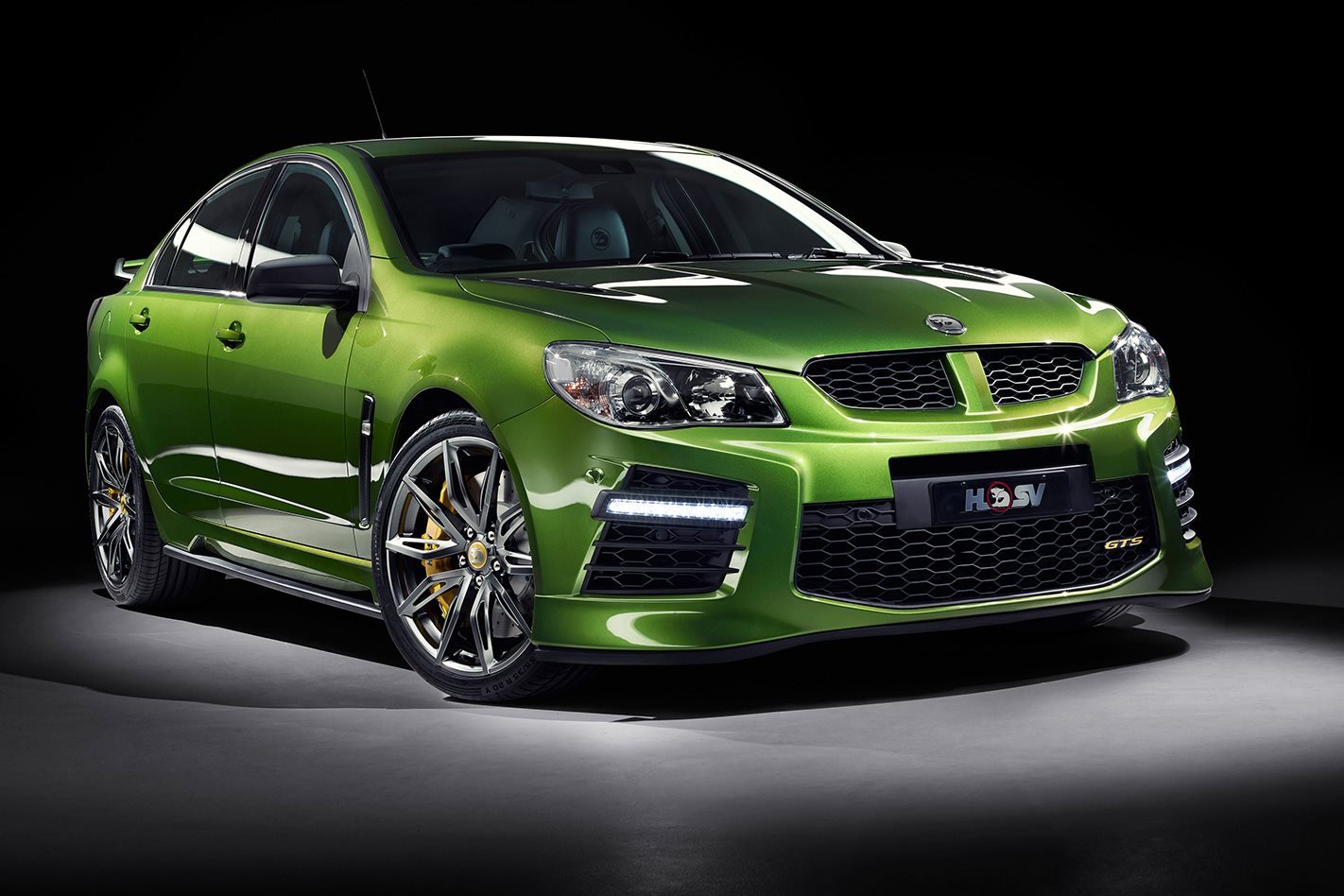POWER! It’s what the true blue Aussie muscle car enthusiast needs to get going in the morning. For decades Australians have desired maximum grunt from their super sedans and sports coupes, and we’ve built some crackers.
The following is a list of the most powerful Aussie cars of each decade between 1960 and the present. No doubt the final, special HSVs will reset the high watermark that currently rests with the HSV GTS, but until then let’s take a look back at the equivalent performance heroes from generations gone by.
If there are any we’ve forgotten, let us know in the comments.
2010 – Present: HSV Gen-F2 GTS – 430kW
Perched high on the tree of almighty grunt is the current HSV Gen-F2 GTS (pictured top), launched in 2015. For the time being, its 430kW and 740Nm make it the most powerful car ever built in Australia. It’s unlikely to hold onto that mantle for too much longer – the final locally-sourced HSVs will eclipse it next year – but it should long be remembered for how brilliant it is as a whole, not only for the brute force of the LSA 6.2-litre supercharged V8.
2000 – 2009: HSV W427 – 375kW
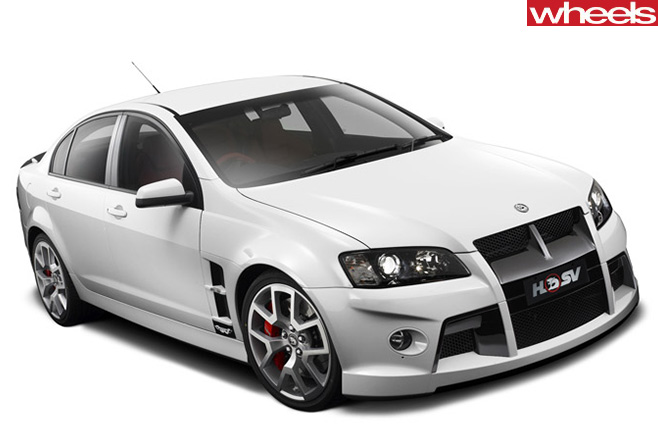
That fat stack of cash bought you 375kW and 640Nm from an LS7 7.0-litre naturally aspirated V8. The car featured a unique-to-HSV six-speed manual gearbox, and HSV intended to sell 200 of them, before the GFC struck and it only managed to shift 137 through its showrooms between 2008 and 2009.
1990 – 1999: HSV VT2 Clubsport/Senator/R8 – 250kW
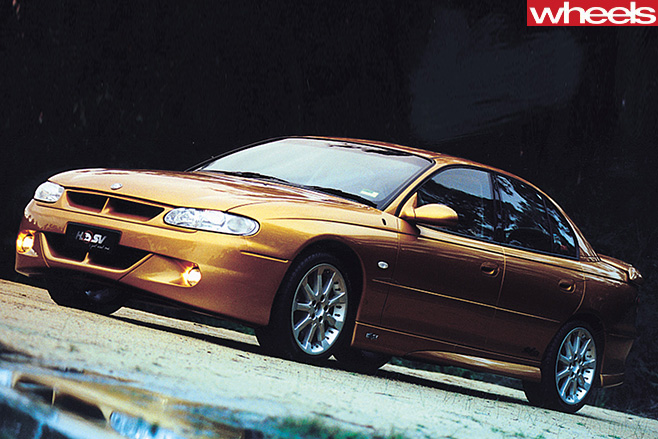
1980 – 1989: HSV VN SV5000 – 200kW
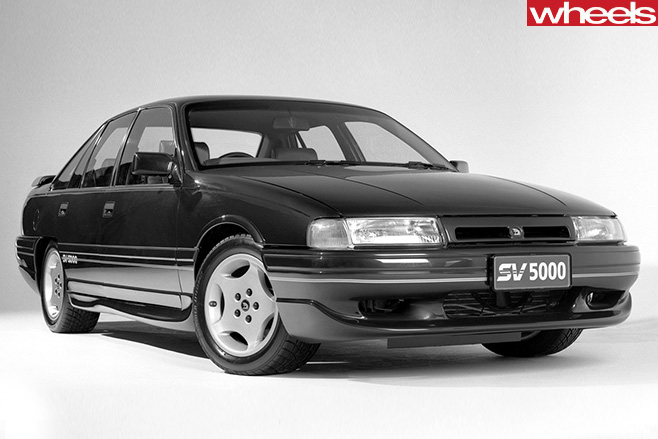
Prior to that, power figures were recorded according to SAE measurements, which involved testing engines with no ancillaries, open exhausts and no air filters. The SV5000 is significant to this list, because its 5.0-litre V8 is the last all-Australian engine to reach the top of the pops before engines sourced from the United States came back to the fore.
1970 – 1979: Ford XY Falcon GT-HO Phase III – 224kW(ish)
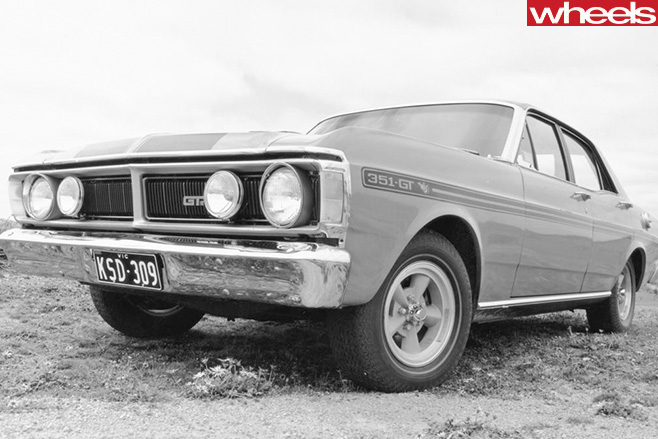
If we’re to go strictly by the books, then the XY Falcon GTs would tie with other cars making 300hp in the 1970s, including the Chrysler VH Charger E49 and the Holden HG Monaro GTS 350.
1960 – 1969: Holden HT GTS 350 – 224kW


